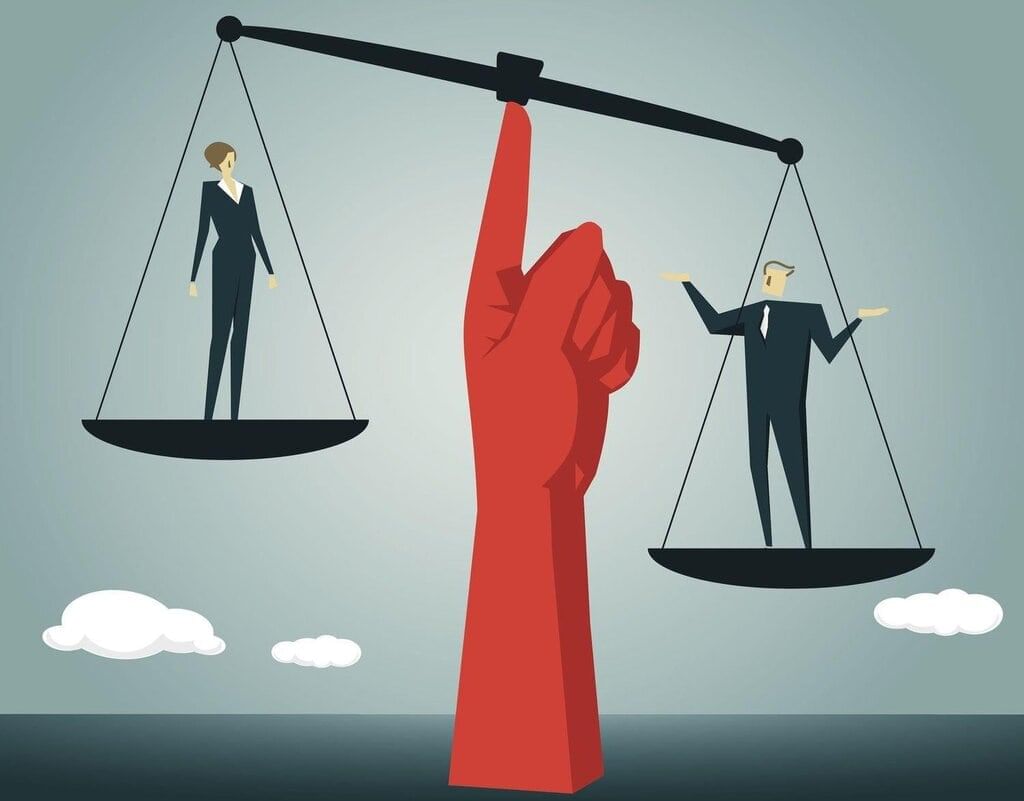Feminism | Sociology for A Level - Year 13 PDF Download
Liberal Feminism
Liberal feminists are optimistic about achieving gender equality and believe society is progressing toward egalitarianism. They do not hold men responsible for inequality but acknowledge its persistence. They identify two primary barriers to gender equality:
- Gender Role Socialization
Gender role socialization is the process through which individuals learn gender norms, primarily within the family. - Parents raise children to identify as male or female, reinforcing gender stereotypes across generations.
- This leads boys to perceive themselves as dominant over women, perpetuating inequality.
Social Policy
Liberal feminists recognize progress through legislation but argue that some laws still discriminate against women. For instance, expectations around maternity leave can hinder women’s career advancement, creating barriers to equality.
Marxist Feminism
Marxist feminists emphasize the additional exploitation women face in capitalist systems compared to men.
Women and Capitalism
- Drawing from traditional Marxist theory, Marxist feminists criticize Marx for neglecting women’s exploitation within capitalism.
- They focus on how women are disproportionately disadvantaged in capitalist structures.
Exploitation
Marxist feminists highlight how women’s unpaid domestic labor within the family unit benefits capitalism by supporting the system without compensation.
Status
- They argue that in capitalist societies, status is tied to wealth generated through paid work.
- Women, often occupied with unpaid domestic tasks, are denied access to this status, reinforcing their subordination.
Radical Feminism
Radical feminists view men as the primary oppressors of women and patriarchy as the central form of social inequality.
Patriarchy
Patriarchy, originally meaning "rule by fathers," refers to a male-dominated society. Radical feminists argue that all societies are patriarchal, with men systematically oppressing women through "sexual politics."

Female Oppression
They assert that men are the main adversaries of women, and patriarchy is the root of social inequality, perpetuating female oppression across all societies.
Sexuality
- Radical feminists focus on sexuality, with theorists like Rich arguing that men enforce "compulsory heterosexuality" on women.
- This practice is seen as limiting and unsatisfying for women while serving male desires.
|
133 docs|13 tests
|
FAQs on Feminism - Sociology for A Level - Year 13
| 1. What are the main principles of Liberal Feminism? |  |
| 2. How does Marxist Feminism explain the oppression of women? |  |
| 3. What are the key beliefs of Radical Feminism? |  |
| 4. What distinguishes Liberal Feminism from Radical Feminism? |  |
| 5. How have these feminist movements evolved over time? |  |















